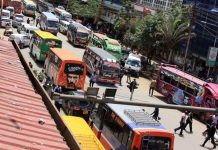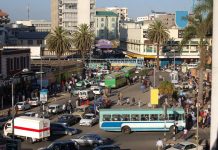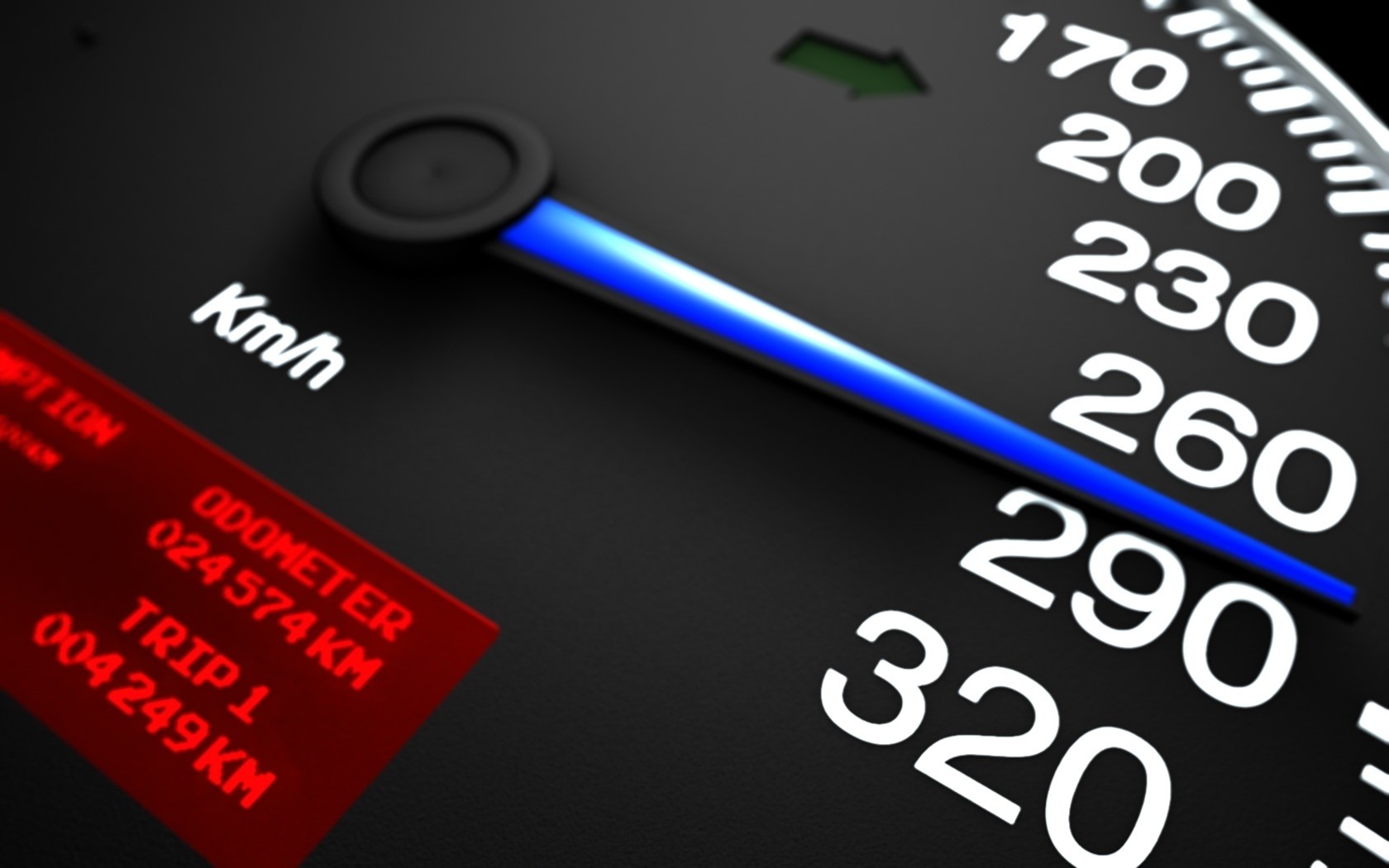This week, I hitched a ride on a lorry to hear truckers views of the NTSA’s new digital speed governors from trucking veterans. Overloading of trucks damages roads, making them accident traps while trucks themselves alongside long distance buses and matatus are top fatal accident causers.
Oslo, Norway’s capital, is reported to have achieved a remarkable feat of only one fatality in 2019 and zero child deaths from road traffic crashes. The latter in particular is important because children make up a major proportion of “pedestrians ” in developed countries. What is impressive is that Oslo is still pushing towards attaining the zero deaths goal.
HOW DID OSLO DO IT AND WHAT CAN ROAD SAFETY ADVOCATES IN KENYA LEARN FROM THEM?
To be fair, in comparing the two regions, the best metric would be traffic accidents per km travelled as well as traffic accidents per population commutes or pedestrians, since these take densities into consideration.
Kenya and Nairobi’s lack of accurate record keeping especially on the economic costs of road traffic accidents and disabilities, is our missing link in addressing this. What is our target reduction of traffic accidents per kilometre this year?
I haven’t been to Oslo, but I believe her planners’ good work was achieved without increasing traffic policemen on her roads. The irony is that on our side, the presence of thousands of traffic policemen and women, is expected to be the deterrent to road carnage. If anything, the majority of traffic accidents happen where police scrutiny or intervention could have averted the accident.
In Oslo’s case, technology is reported to be playing a big role. Safer vehicle designs, stricter annual road worthyness inspections, standardised roads and quality signage all improve safety of traffic. We are slowly catching up.
My driver, a three decades trucker, had praises for the new National Transport Safety Authority(NTSA) gadget. Along the road also, digital tagging and weighing of overloaded trucks was quite impressive at the Mlolongo weigh bridge.
The missing bit is digital traffic police data capture . Which officer stopped which vehicle, on what date and time, on what route and what specific checks did the officer do. This eliminates collusion while standardising inspection stops by police officers.
Praise for NTSA’s new device for its memory and linkage to one’s driving licence. The next phase should include logging of driver hours and penalising firms that flout these, especially for long distance drivers.
Driving under influence of alcohol or stimulants offers a false sense of control and wakefulness. To curb these, driving under influence (DUI) penalties must be stiffened. Mandatory stops as well as caps on maximum continuous driving hours by a driver could help. NTSA and the Health ministry should set our own reduction targets and institute audits for every passenger fatality.
SOURCE: businessdailyafrica.com







![Top 20 Used Cars to Avoid Buying in Kenya – [PHOTOS]](../../../blog/wp-content/uploads/2013/11/top-used-unreliable-cars-to-avoid2-80x60.jpg)

![Here are some of the best tuned cars in kenya by state of the art garages [PHOTOS]](../../../blog/wp-content/uploads/2013/11/29402_10151301757042065_340470732_n-e1384498044289.jpg)


![Top 20 Used Cars to Avoid Buying in Kenya – [PHOTOS]](../../../blog/wp-content/uploads/2013/11/top-used-unreliable-cars-to-avoid2-100x70.jpg)





